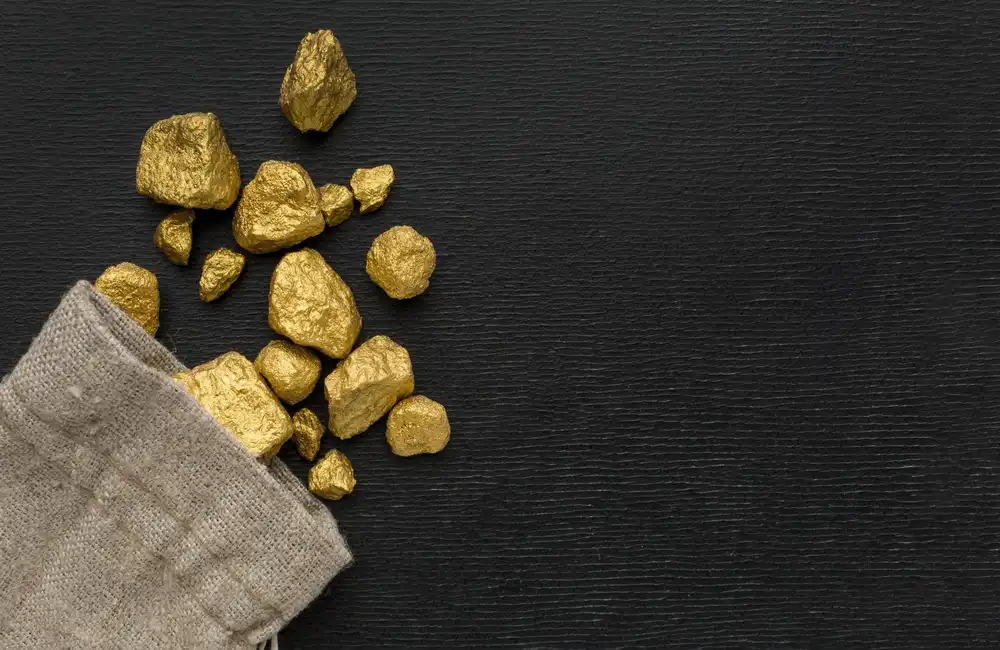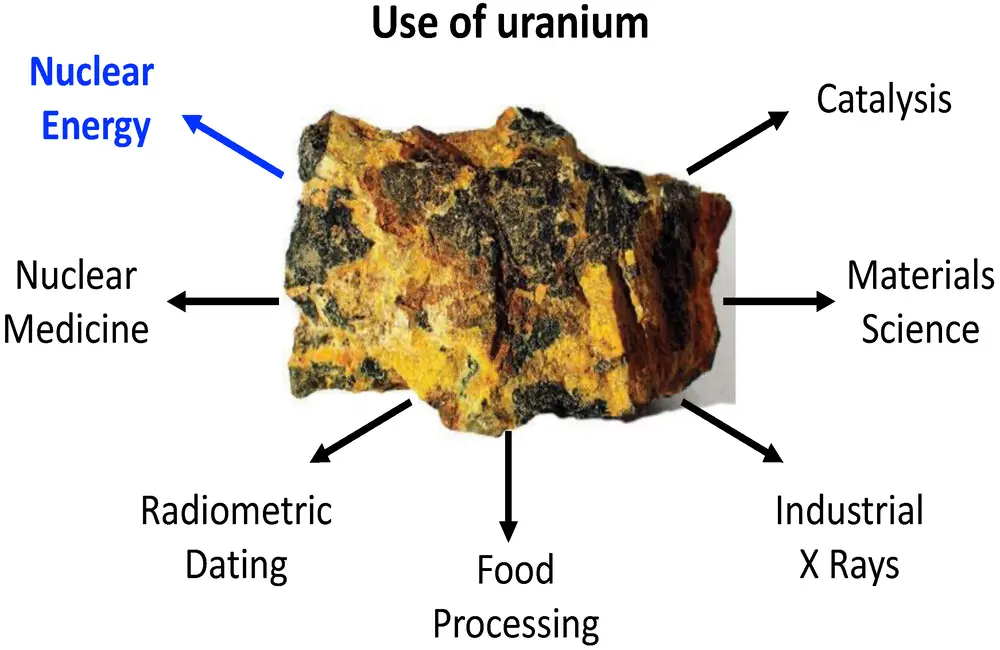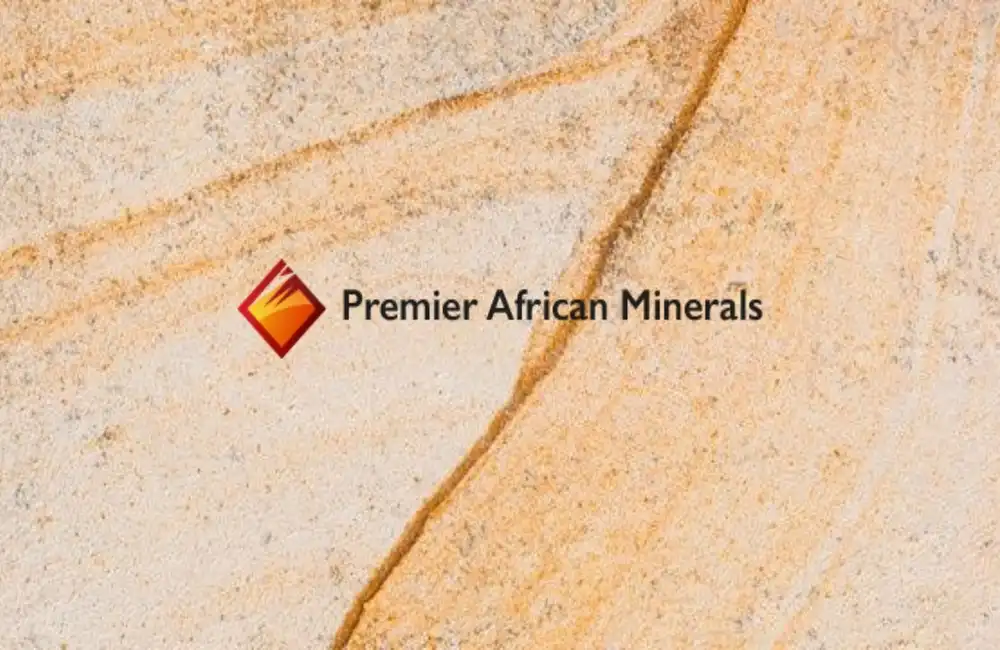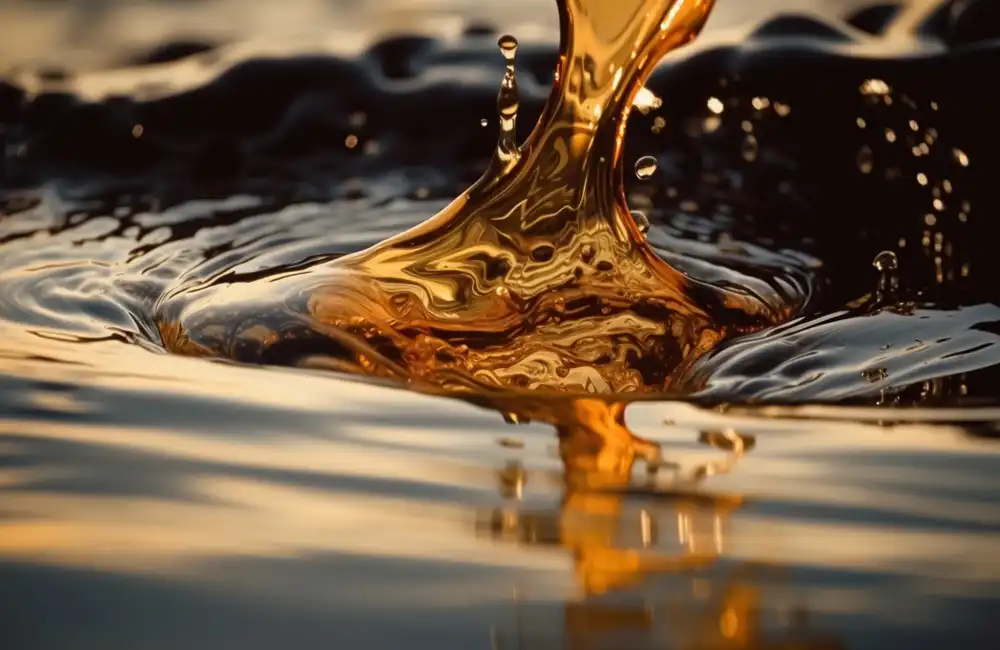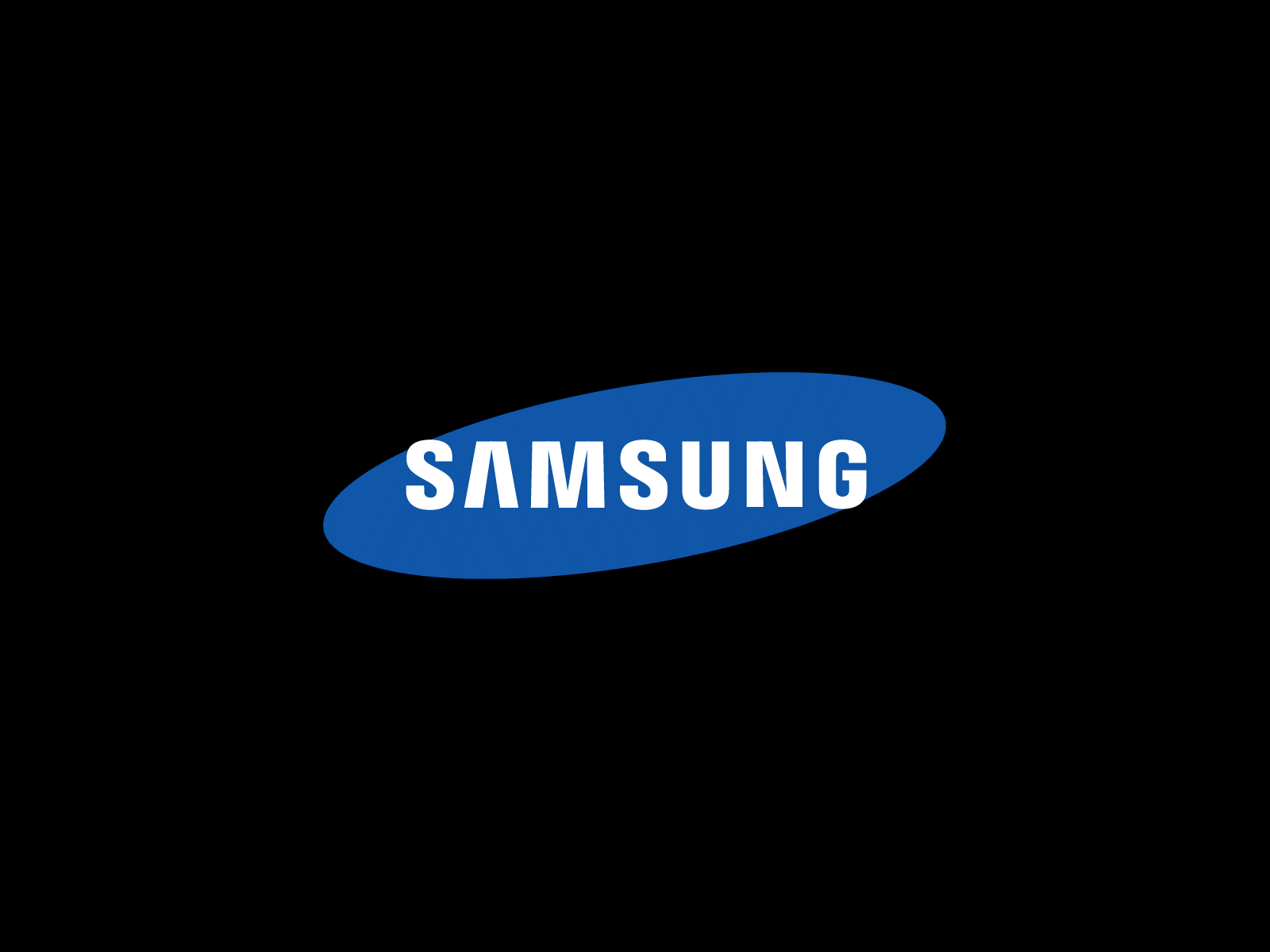Russia's invasion of Ukraine will add upward pressure on energy prices, and that is expected to drive even more interest in nuclear energy and uranium mining at a time when nations are stepping up plans to decarbonize energy supplies, according to prospectors and analysts who spoke to S&P Global Commodity Insights.
Uranium prices, which had hovered squarely at $20-30/lb for several years before late 2021, have responded robustly to the ongoing decarbonization drive and the war. The spot uranium price on March 3 surged to $50.75/lb, a near 10-year high, having lifted $7.50/lb, or over 17%, in the preceding seven days, as a war in Ukraine sparked supply fears.
S&P Global Commodity Insights' assessment for this month spot price of U3O8, the uranium oxide compound to Canada at $50.75/lb at 1pm ET March 3, the highest reported since June 8, 2012, underpinned by particularly heavy buying by the Sprott Physical Uranium Trust, a Canada-based investment fund. On March 4, the price weakened slightly after a Russian hit a Ukrainian nuclear power plant.
Buyers in the energy generation sector were reported to be searching for a replacement for Russian-origin supply.
Uranium Extraction
Uranium extraction has largely been the province of specialist firms such as Canada's publicly traded Cameco, Kazakhstan's state-oil Kazatomprom, and Orano, partly owned by the French government. BHP, a mining giant, produces some uranium at its Olympic Dam mine in Australia. In 2019, Rio Tinto sold its stake in the Rössing uranium mine in Namibia to China National Uranium Corporation Limited (CNUC) as part of a simplification of its portfolio, and in 2021, it closed its Energy Resources of Australia Ltd (ERA) uranium mine and oxide processing operation. But junior miners are now taking a more active role in this field. They argue that uranium maintains a potential supply deficit and price increases could lure some majors back onto the scene.
“The Russia-Ukraine conflict may spur a greater interest in nuclear,” said Kyler Hardy, CEO of London-listed mine developer Cloudbreak Discovery and a nascent lithium mine developer who also says he is “in love” with uranium.
Lithium and uranium are both now considered “energy transition metals”; the difference is that low natural gas prices for many years delayed investment in uranium mining, while interest in lithium mining took off in 2016-17 as the Paris Agreement kick-started the electric vehicle boom.
“Nuclear, and uranium, are required for net-zero,” Dev Randhawa, CEO of Fission 3.0 Corp, a Canada-based exploration and uranium project generation company, said. “Unfortunately, the wind and the sun are intermittent. The demand for electrical energy is skyrocketing...for cryptos, for electric vehicles. India and China’s middle-income population is growing extremely rapidly, and it will consume much more energy: it is expected that we need 75% more power by 2030, and where is the energy going to come from? Oil? Gas?"
Fission 3.0 raised C$18 million in the Q4-2021 to explore for uranium in Canada and will drill three or four targets this year, Randhawa said. The approach is to seek mines that can be sold to bigger companies and put on stream in 5-10 years.
“The price of the commodity is what drives investment level,” the CEO of Fission 3.0 said.
Cameco Mine Expansion
Cameco is very positive on market prospects as vertically-integrated re-shuffle takes hold. “We’re seeing countries go to nuclear with an appetite that we haven’t seen in four decades,” CEO Tim Gitzel said March 1 at the BMO Global Metals and Mining Conference. With about 70 percent of the world’s energy still coming from fossil fuels, he said, decarbonization targets appear difficult without greater nuclear use.
Cameco (CCJ – NYSE) is ramping uranium production up from 12 million lb in 2021 to 20 million lb this year and 28.5 million lb in 2024 on a 100% basis: the firm also has mine partnerships with Orano. While spot prices have gone through the roof, the main part of the market is via long-term contracts, which have very strong prospects, Gitzel said.
The emergence of small, modular nuclear energy reactors could “bring solid growth” to uranium demand in the longer term because these now wouldn’t require the same cooling waters of large reactors, says BMO analyst Colin Hamilton.
Global Uranium Supply
Two-thirds of the uranium from mines around the world comes from Kazakhstan, Canada, and Australia, according to the World Nuclear Association, which represents the global industry. Production in 2020 from mines of 56,287 mt of U3O8 met only 74% of world demand -- a share of the global economy that has shrunk since 2015 -- stressing stockpiles and miners to increase output. And the association expects massive demand growth: as of February, there were 437 nuclear power reactors worldwide operable: 58 under construction, 96 planned, and 325 proposed, 168 in China. Fission 3.0 estimates current production levels at 150 million lb (68,000 mt) this year, but already a 40 million-50 million lb deficit and probably for years, until the price is right.
As for the Russia/Ukraine conflict, that has only exacerbated mined supply fears.
Russia-Ukraine Conflict and Kazakhstan
Kazakhstan is also the largest global supplier of uranium, providing approximately 41% of the world’s supply. “Due to Russia's control over Kazakhstan, Sweden has stated that it will not purchase uranium from Kazakhstan. Which is why Canadian-origin uranium is more valuable than that from Kazakhstan,” said Randhawa. “That's the reason the spot price went up and Cameco is entering into long-term deals.”
Exports of all minerals from Ukraine, whatever is left, including uranium, are now suspended as shipping is at a standstill, adds SP Angel analyst John Meyer.


